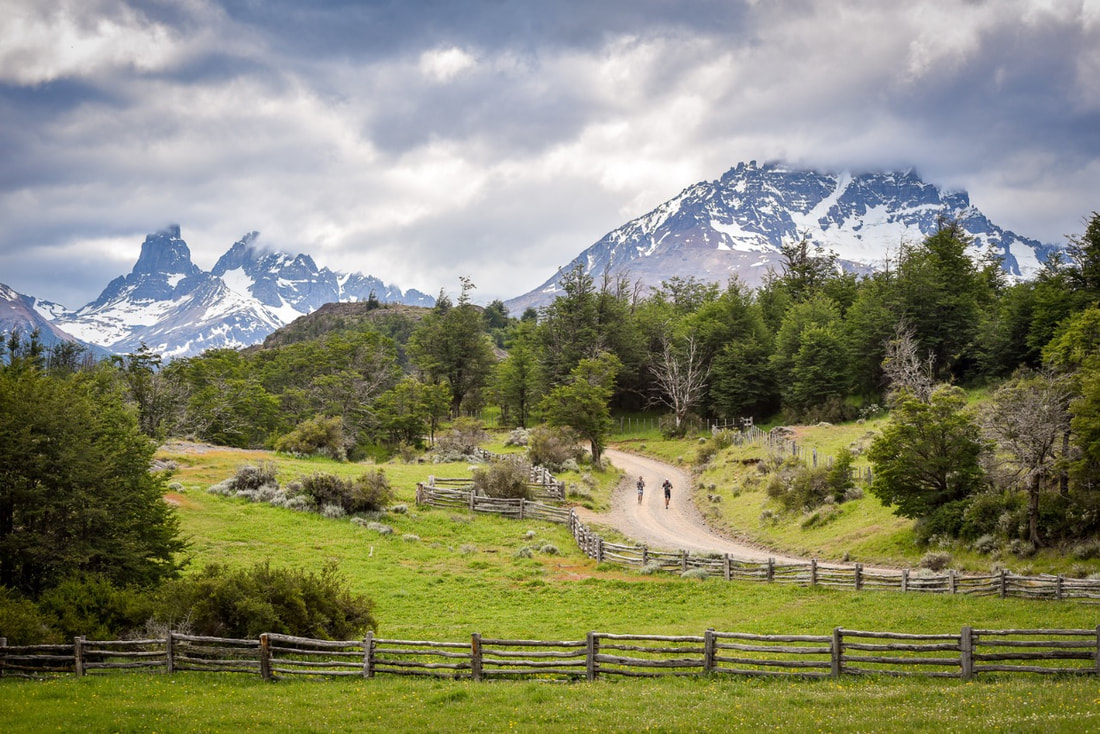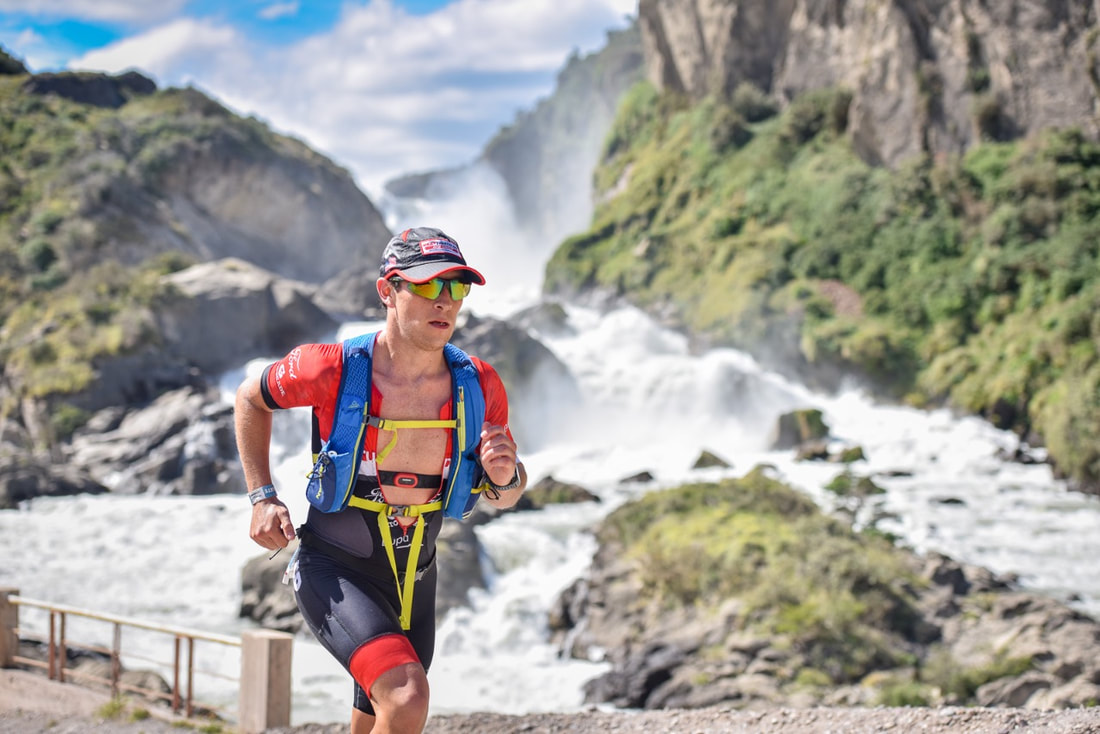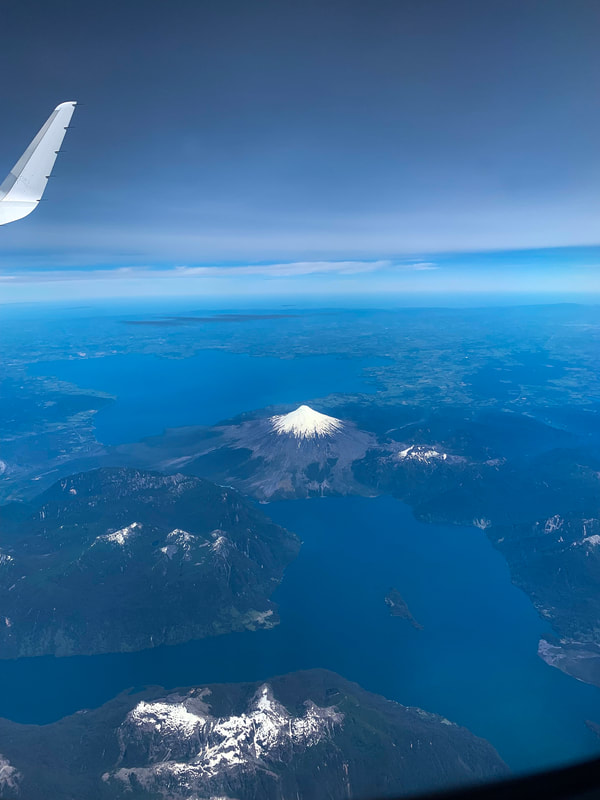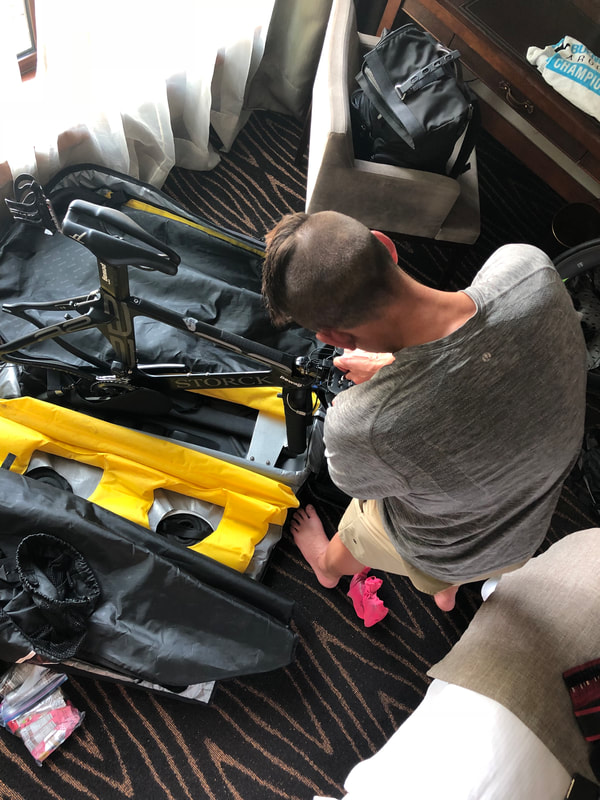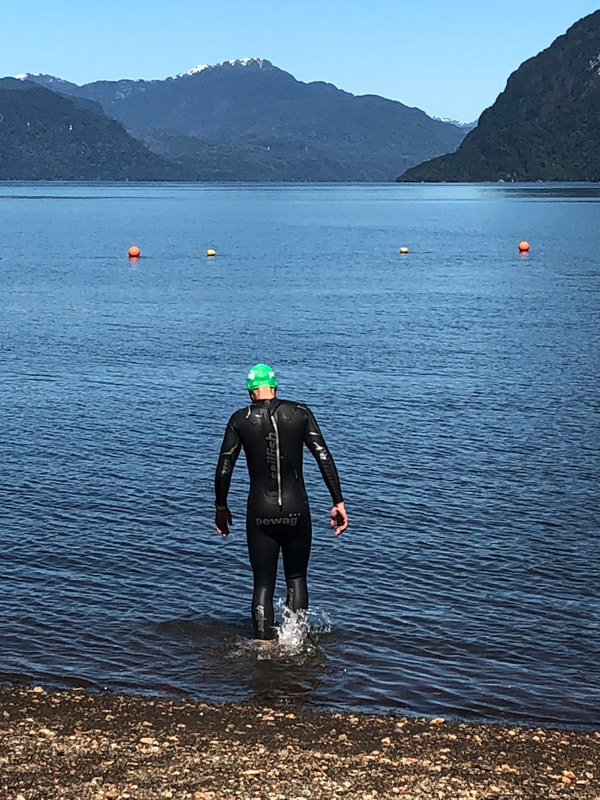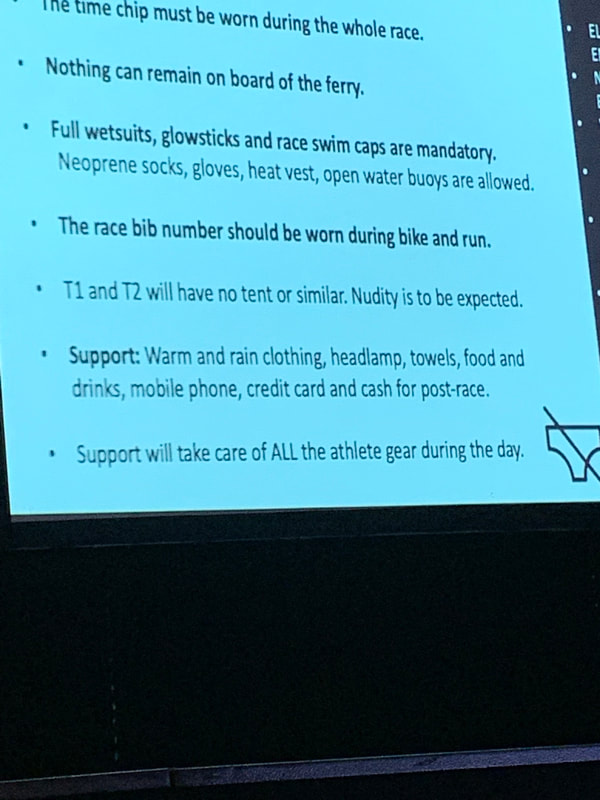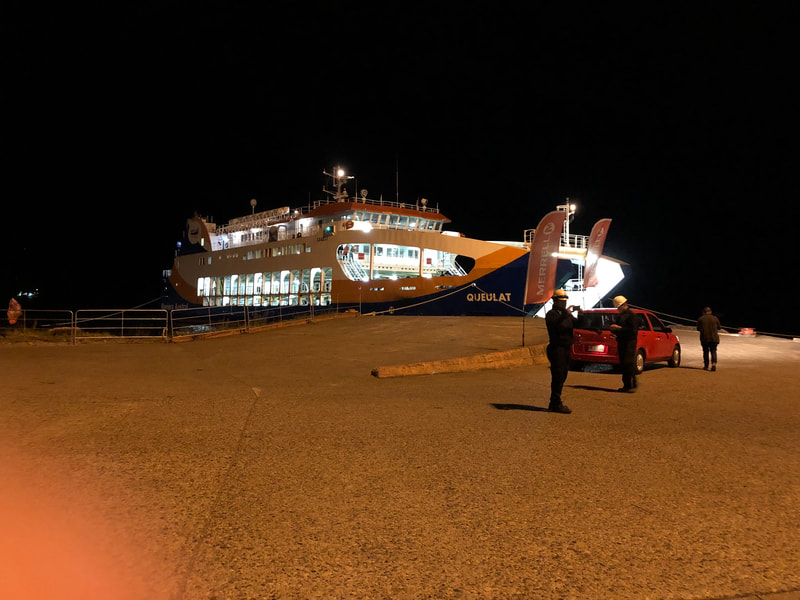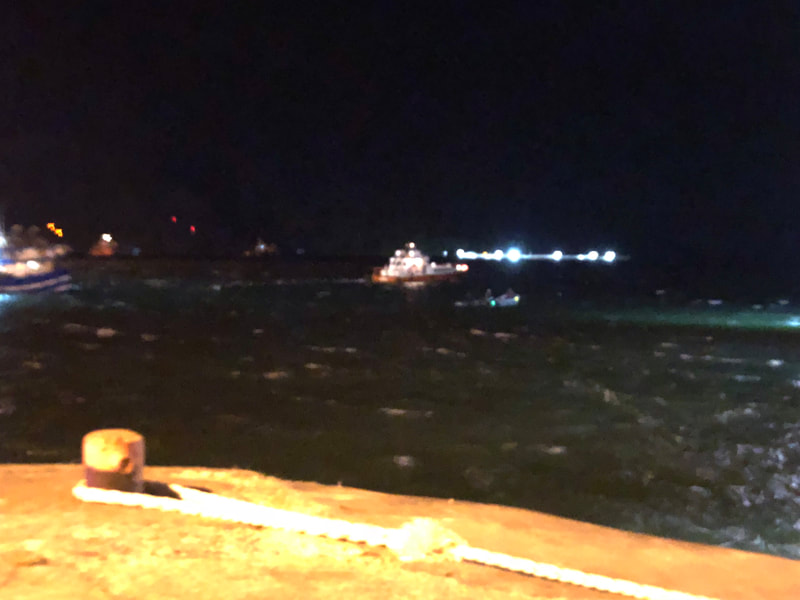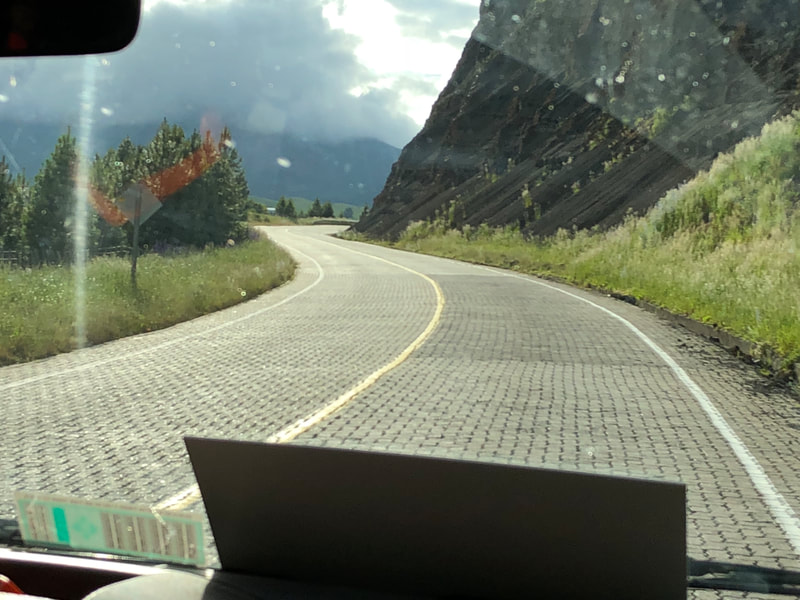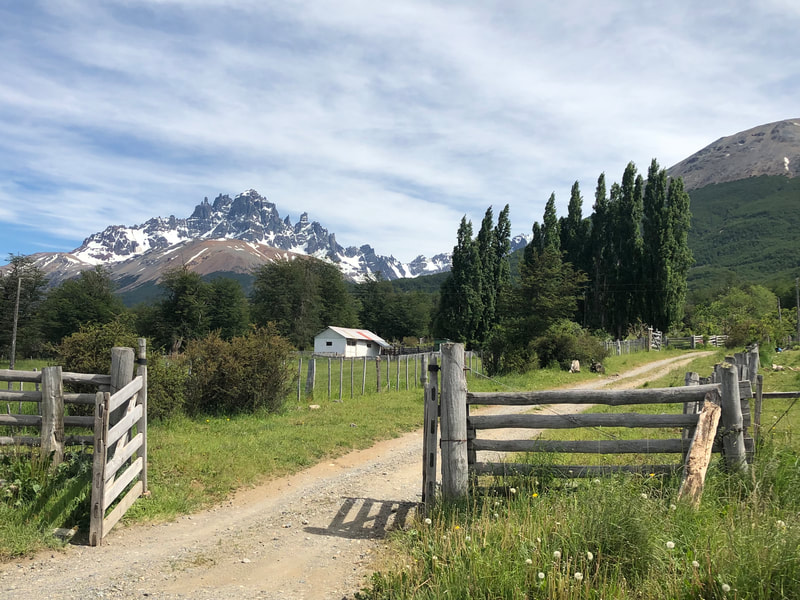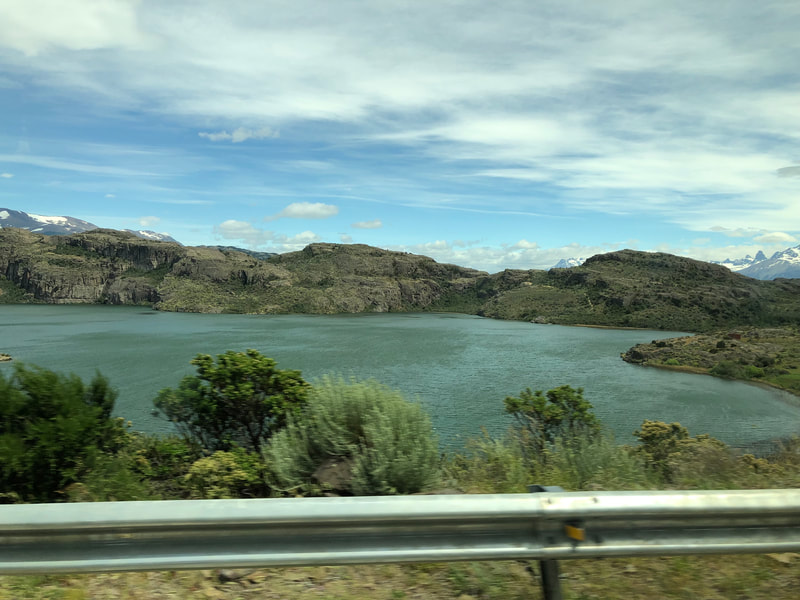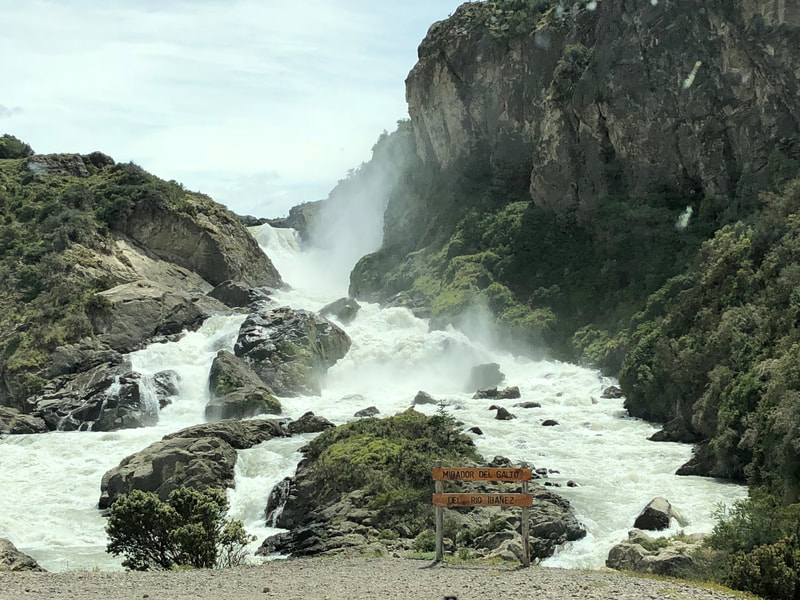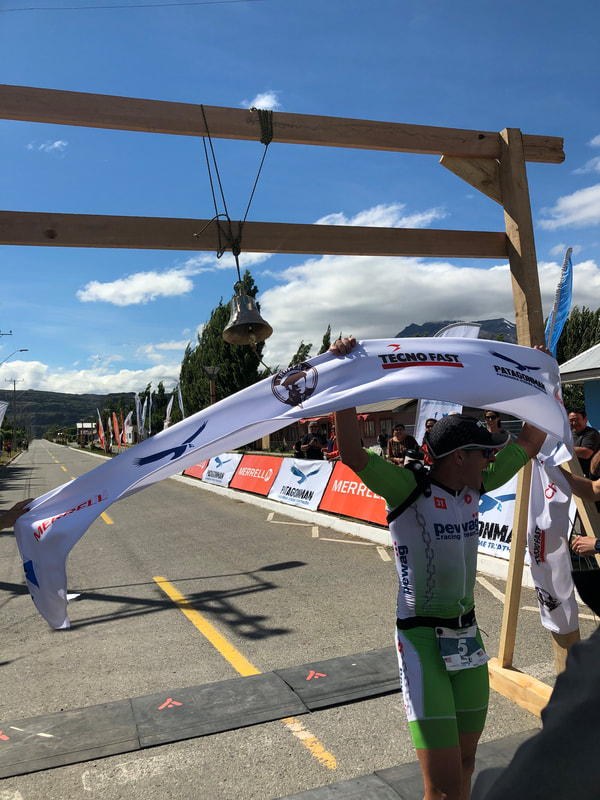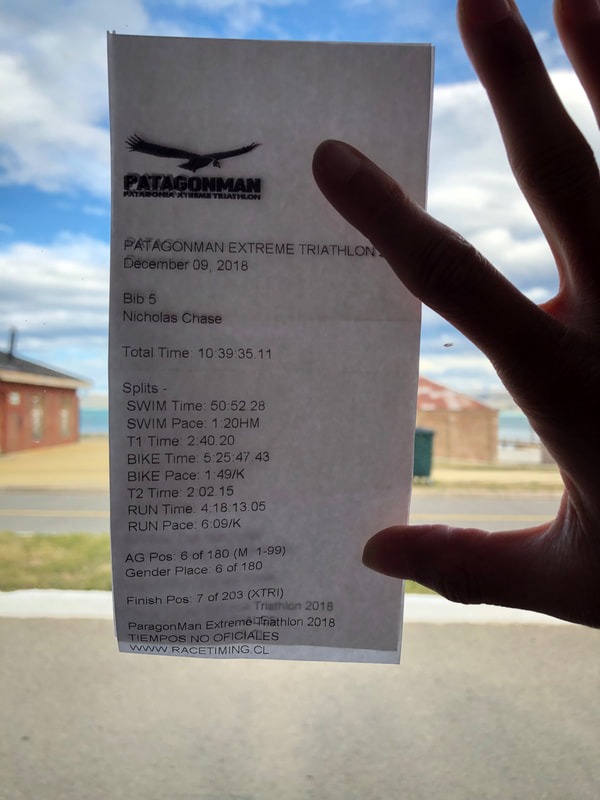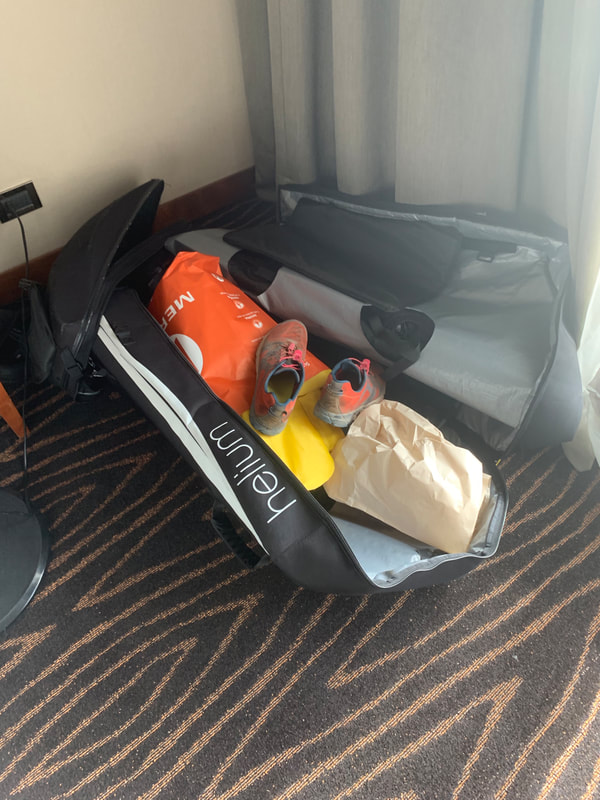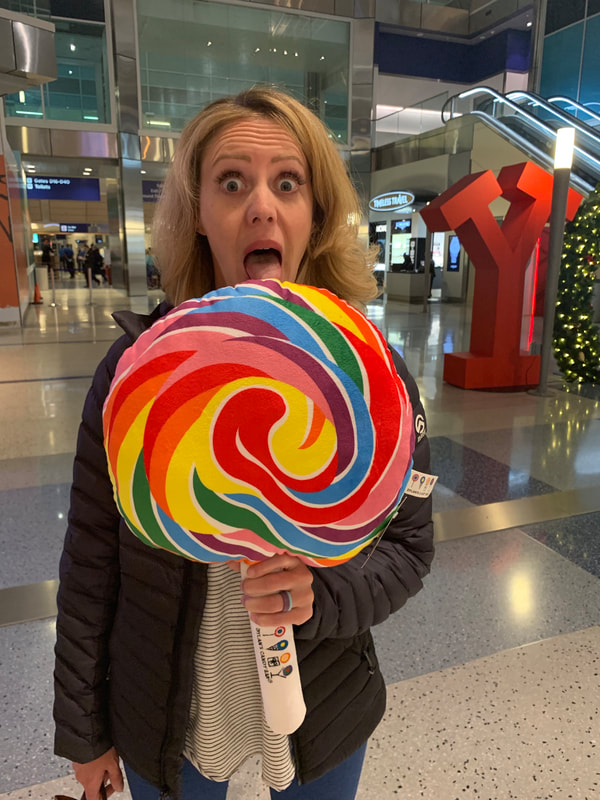...The Most Beautiful Course You'll Ever Race.... Patagonman is an extreme triathlon or what we now call Xtri. If you haven’t put it together, it takes place in Patagonia, which for this race means the southern part of Chile, South America. So for anyone traveling, you might be wondering how you actually get there since it’s definitely a remote location. Traveling by air, which 99% of Patagonman athletes will most certainly do, means you will head to Santiago where you will transfer to the domestic terminal and fly to Balmaceda airport and then drive 1 hour or take a bus to Coyhaique. Coyhaique is basically your race-central location. Since this is a point to point race, you’ll notice the bike course comes through this amazingly beautiful town around 90k. That means the bus ride back after the race wont be a full 200k or something like some of the Xtris. The race takes you through 4 major towns; Puerto Chacabuco, Coyhaique, Villa Cerro Castillo and finally the finish in Puerto Ibanez. This means a lot of driving for your support team so make sure they are up to it before-hand. Your support is often awake even longer than you are since they are in charge of your personal logistics for the day (bike set-up, bike handling, transitions, ALL nutrition for the day and finally – your well-being). So now that you have a basic overview of the race, let me lay out my personal experience and how you can tackle this race at the end of the world. Pre-Race Navigation & How to Tackle LogisticsArrival and transport to the hotel My wife and I flew from Tampa, Florida and nearly 19 hours later landed in Balmaceda, Chile. Transferring through Santiago was actually very easy since we had a very nice man grab us as we left the baggage area and brought us to our next LATAM airlines bag-check (for a small tip). Security and customs were also very easy through Santiago with plenty of people to help move us along so our wait times were only 20 minutes max. I personally experienced a bit of a pain in the ass once we arrived in Balmaceda since whoever took my bike off that plane ripped the front of my bike case off so right when we landed, I hit problem #1. How will I get the bike back home? More on that later. If you have 2 people or more, I would recommend 1 person waits on baggage while the other handles your transportation to Coyhaique. I decided to rent a car, which was handled by the Patagonman race organization, so I just had to show up at the right vendor’s counter. I was 2nd in line and it still took nearly 20 minutes since most everything is hand written and they actually do a thorough vehicle inspection with you before-hand. I had to leave the standard credit-card on file for damages but opted to pay for the balance ($360 for 7 days) with my debit card. We had a fun-little Fiat Uno which was manual-gear box however I saw some really nice trucks you could rent. I would recommend getting an SUV or small truck for this race – there are many gravel roads and off-road parking areas. The drive to Coyhaique was super easy and you can’t help but look around at the year-round snow covered peaks!! Lodging We opted to stay at the Dreams Hotel and Casino since it was race-headquarters and seemed to be one of the nicest hotels available. I know many others had success with AirBnB and also with other hotels recommended by the Patagonman organization. Actually, I think we will do AirBnB next year so we can cook our meals. All that being said, the Dreams hotel left us wanting for nothing. They have 24/hr food via room service, our breakfast was included each day and they also serve lunch and dinner, but keep in mind Chileans eat dinner after 8pm, which is when the restaurant opens. Our hotel room was very modern, luxurious and everything we would expect for the price we paid. The front desk attendants speak basic English but remember that we are far south in Chile so barely anyone will speak English outside of the race-organization. We never had any big issues since I can speak Google Translate Spanish and had a few friends who spoke decent Spanish too. I have to say, I think things were about the same price as they were in the states too. Things were not as cheap as I found in Argentina or in Peru. Our hotel room for 7 days + room service was around $390 per night but included airport transfer, breakfast and bike mechanic services (+20% off through the race organization). Oh, we also got some very nice hats, CO2 tubes and welcome note, which were waiting for us in the hotel room. There is a small pool and sauna as well. The hotel stay was perfect, no issues and highly recommended. Course Recon / Pre-Race Logistics Since Coyhaique is located nearly in the middle of the race course, this does mean driving to the swim is around 1hr 15min. Also, there will not be any swimming allowed at T1 - it’s a shipping area, so we went to a small beach which was north of the town of Aysén. We found out about it through the Patagonman Facebook page since all of the atheltes were connected via that forum. The water was surprisingly warm considering what I was expecting. It was about 15 Degrees Celsius, so we really didn’t need our neoprene hood, boots or gloves – but tested them out anyway. The weather was quite warm for 2 days before the race but always windy. This means we had two days in the low 30’s (Celsius) but the day before the race was cold and race day was colder – but I still didn’t need anything extra besides normal tri-kit. Our drive back from the beach was SO beautiful and gave us a chance to recon the first 90k of the bike course. Before we left, we went to a great burger place in Aysén, Terazzo, for lunch so the whole trip took nearly 5 hours, so make sure to get it done early. The road conditions in this region vary. Before the town of Coyhaique you will experience some new roads, some light cobble sections and hopefully by 2019, any construction will be complete. The climb into Coyhaique is cobble, which wasn’t bad and the descent had a few gravel patches and was 1-lane road due to construction but I didn’t hear that it caused problems. The roads out of Coyhaique just got better and better, however even on the good roads there were plenty of potholes so you really need to keep your head on a swivel with the high-speeds. Also, I’m 90% sure you can always expect a tail wind for MOST of the bike course. BUT this will be a CRAZY head wind when you turn to Villa Cerro Castillo…I mean it was the most wind I’ve every experienced. December is part of the windiest time of the year for this region so...come prepared for this. You can expect race-day swim temperatures from 9-14 deg. C for the swim. Also, the wind can be very, very high for the swim. This means there are 3 options for the swim which the organization will decide on race morning (the Navy tells them which one actually). One option is the original which is advertised, one is the same distance but more protected and one is shorter. You should expect a tailwind for 75% of your ride but then some MEGA head winds while descending which would be quite scary. Then finally, the run – it’s all trail and very challenging, with some small hiking sections but it’s 95% run-able. Also, it’s the most beautiful part of the day with so many sights to see. Your SAG Logistics - IMPORTANT!For our race we had 2 options but I think in 2019 they will only have 1 option. SAG/Support options we had: #1 = The Organization transports SAG, #2 = SAG transports themselves via personal vehicle. This means we could either have our SAG be transported by bus from support station to support station (there are a LOT of busses btw) or your SAG could drive to the support points with their own vehicle. Your SAG could ONLY provide support @ T1, 2 points on the bike, T2, 1 point on the run (30k). For the swim portion your SAG should expect to arrive with the intent to set up your transition zone and actually handle your bike the day before, the day of and the day after the race. Here is how race day logistics went:
That pretty much sums up how the race will unfold, especially with race logistics. There will be some fuel on course from the organization, 5 times for your SAG to help on course (including T1 and T2) and there are plenty of police and Navy personnel to keep the water and roads safe. The run course is well marked with very large Merrill flags every 500m for the single track portion and once you’re back on the dirt roads, you can only go one way, however there are still a few people helping to point you along the way.
How did my race go?
4 Comments
|
Archives
September 2020
Categories
All
|
